Open a store every 15 hours! Look at the transformation of Starbucks in China and find a new profit engine!
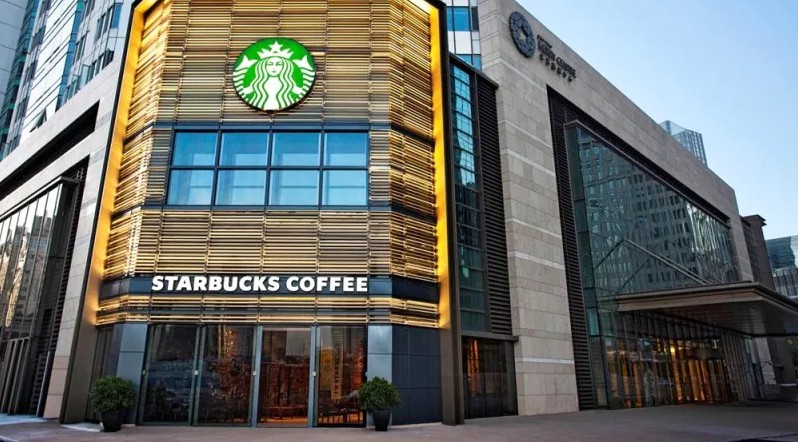
For professional baristas, please follow the coffee workshop (Wechat official account cafe_style)
"China" is not only an important gold prospecting place for Starbucks, but also a market for Starbucks to strive for development, bringing good news for Starbucks' profitable growth every year. Starbucks reported results in the second quarter of this year, with outstanding performance in the Asia-Pacific region. Not only did it open more than 1,000 stores in the past year, but Q2 revenue also increased by 13% compared with the same period. One of the biggest contributors is China, a rapidly expanding consumer power.
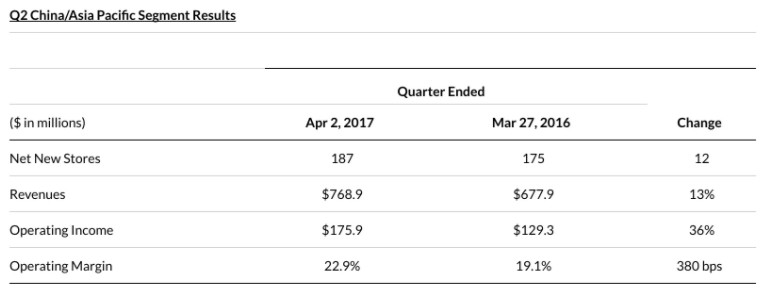
Starbucks
"Starbucks first entered the Chinese market 18 years ago, and its business performance has never been so strong," affirmed Starbucks president and CEO Kevin Johnson, while the key to success is to win the three categories of "beverage, food and digital innovation", summed up by Wang Jingying, CEO of Starbucks China.
This article will take you to understand the transformation of Starbucks in China and how they are looking for a new profit engine.
Same-store sales in the global and US markets grew by just 3 per cent, below Wall Street's expectations of 3.7 per cent and 3.5 per cent, according to Q2 earnings. In addition, Starbucks' global revenue of $5.29 billion also missed the $5.41 billion target expected at the start of the period, indicating that Starbucks is operationally passive and needs more innovation to break through the situation it faces today.
In this vast market in China, almost most consumers have developed the habit of tasting or drinking coffee, and these consumer forces have led to a 6% increase in the number of transactions for Starbucks. As a result, same-store sales increased by 7%, indicating the potential power in the coffee market.
However, Starbucks faces the test of a strong competitive market in China, because Starbucks is not the only coffee brand engaged in store expansion, but also includes other major European and American coffee brands, such as Pacific, Costa and other competitors, while Korean brands such as Zoo Coffee and diffuse Coffee are not to be outdone, making a rapid market layout through direct marketing or joining.
Hong Kong Pacific Coffee
Pacific Coffee is the largest coffee chain in Hong Kong. it sells a wide variety of food, including frozen food, light foods, salty pie, bread and cakes, etc., with a variety of styles that mimic Starbucks in Taiwan. The price of coffee is similar to that of Starbucks in Taiwan.
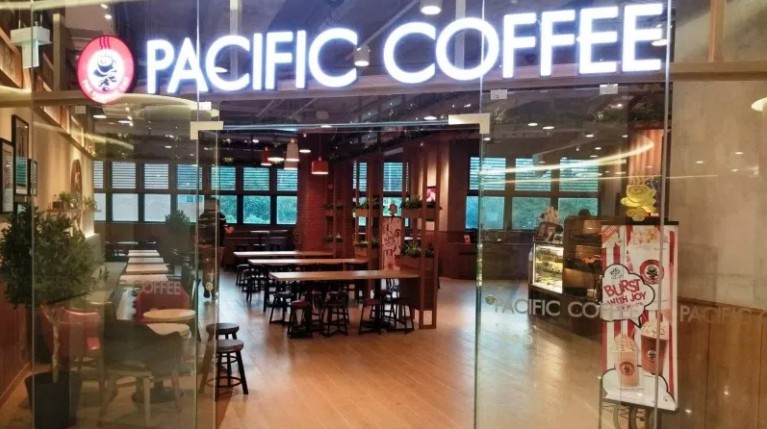
Facebook / Pacific Coffee
UK Costa Coffee
Costa Coffee is a coffee chain (espresso) from which the local market share surpassed Starbucks to become the largest chain in the UK in 2010. In addition to selling coffee drinks and meals, like Starbucks, there are wholesale and retail baked coffee beans. The price of coffee is about the same as that of Starbucks in Taiwan.
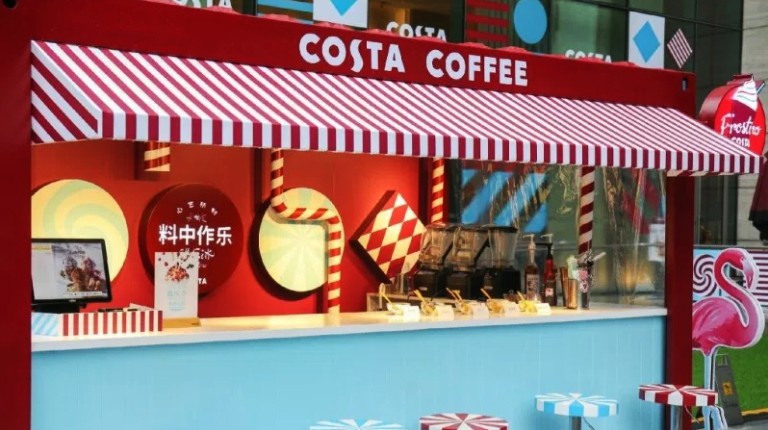
Weibo / COSTACOFFEE China
Korean ZOO Coffee
ZOO Coffee is a cafe featuring animal-themed culture, equipped with many animal models and dolls, etc., which is a good place to carry parents and children for recreation and spending time. It has been set up in Beijing, Shanghai, Guangzhou, Shenzhen and other places in China. The spacious interior space is also a major feature, there are many meal styles, and there are ice cream counters. There are also stores in Taiwan (ex. Breeze Nanjing, etc.).
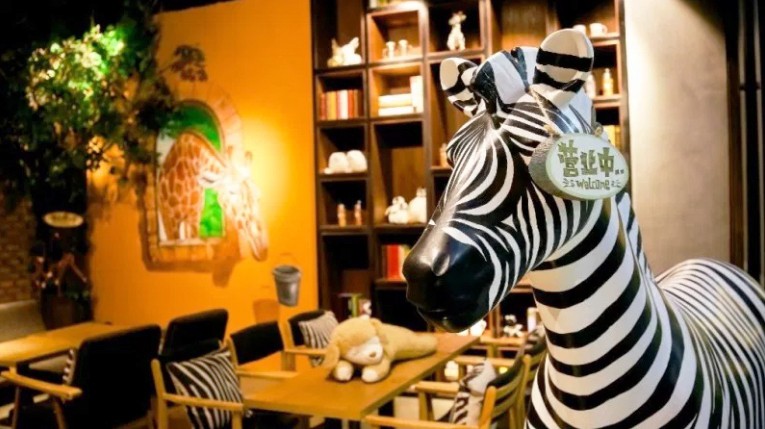
Weibo / ZooCoffee
Korean coffee
Man Coffee is a brand founded by Koreans in China, the storefront style is moving towards leisure style, mainly in the hope that Man Coffee will become a comfortable rest space in a modern city, and you can enjoy a day in the store. Wide space is a necessary element, and there is a variety of food styles, from brunch to afternoon tea, such as spaghetti, freshly baked sandwiches, Pizza, muffins and honey toast. At present, there are more than 150 stores in China.

Weibo / ManCoffee China
As a result, Starbucks has accelerated its store opening in China, gradually changing its positioning from the impression of a luxury brand to a coffee shop culture that impresses the public. (like Taiwan, Starbucks has become a preferred place for office workers, students and housewives to chat or meet, because the Starbucks brand is deeply rooted in everyone's mind.)
In order to cater to the huge consumer love of the Chinese market, Starbucks carried out expansion activities through product diversification, because consumers stayed in the store for too long, and the simple coffee shop business model could not support the high rent and decoration costs. urge Starbucks to move towards the goal of diversified product line and make great efforts in beverage and food categories to meet different needs of customers. And carry on the localized adjustment according to different countries and regions.
For example, in July last year, Starbucks launched food and beverage activities in some parts of China, including "Huan Xin Food", covering 12 provinces and regions, including Sichuan and Henan, and launched nearly 40 meals together, not only to capture more consumers. and at the same time to improve the profitability of stores.
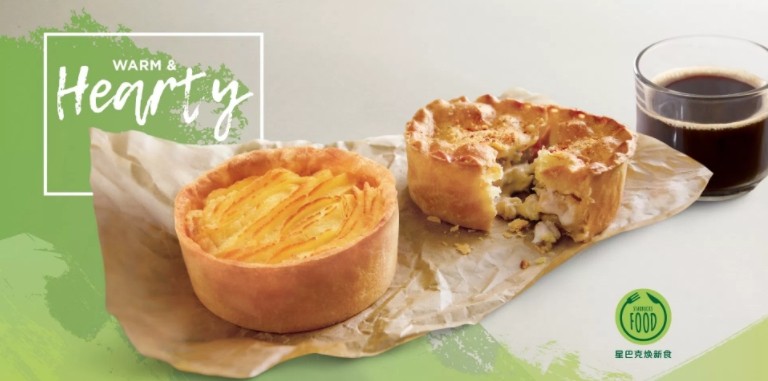
Starbucks
Strengthen innovation and enter the "ready-to-drink" market
Since 2011, bottled Star Frappuccino has become a leading brand for Starbucks in the United States, doubling its market share in ready-to-drink products every year. Therefore, bottled Frappuccino is regarded as a profitable product by Starbucks.
Optimistic about the coffee-loving population market in mainland China, Starbucks seizes the business opportunity of "ready-to-drink drinks". Since March 2015, Starbucks announced that it would join hands with Master Kang to produce Frappuccino locally in China and share distribution channels in the Chinese market. Until the joint cooperation, Starbucks products were imported from the United States.
However, the launch of the new product lags behind, and it was not until September last year that four exclusive "Chinese flavor" Frappuccinos were officially put on the shelves, combining creative and cultural elements to open up a larger Chinese ready-to-drink market for Starbucks. Starbucks is encouraged to actively seek new growth opportunities, with emphasis on emotional connection and consumer adhesion with consumers.
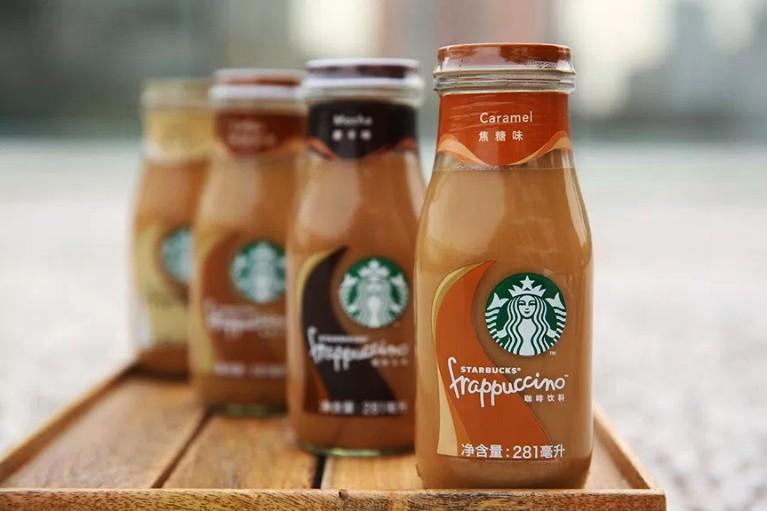
Four flavors of bottled Starbucks: caramel, vanilla, mocha, coffee drink Starbucks
The competition in the beverage market is fierce, and the leaders carve up the beverage market.
In 2016, the revenue growth of tea beverage market giants such as Uni-President and Master Kang showed a downward trend, which was affected by the rise of many street tea stores, such as Gongcha, Xiaoming students, Xi Cha and other brands. as a result, more than half of the tea beverage companies in China have lost money (about 53%), which shows that the tea beverage market is showing a grim situation.
In addition to facing the fierce beverage market, Starbucks' freshly ground coffee market has also been invaded by the same industry, and the instant coffee market has been squeezed by instant coffee brands Nestl é and Maxwell. And big brands such as Coca-Cola, Yipao, Uni-President and Wa have entered the ready-to-drink coffee market in an attempt to create new profit growth points through the expansion of new categories. As a result, Starbucks has been forced to do more expansion in its product strategy.
Starbucks promotes Digital Strategy
In the face of the competitive market, in addition to making great efforts on the product side, Starbucks also promotes the digital strategy in terms of operation, actively combining Online platform resources to expand sales channels and reach the vast consumer groups in China.
In addition to opening a flagship store in "Tmall", China's largest shopping platform, cooperation with Wechat (WeChat) opened WeChat Pay at the end of last year to facilitate payment in China's vast consumer market. Holding hands for mobile payment is undoubtedly speeding up Starbucks' localization.
At the beginning of this year, Starbucks and Wechat jointly launched the "say with Star" APP campaign, on which virtual "gifts" can be exchanged, which can be used to socialize by giving coffee coupons or gift cards online, adding many personalized services and exchanges. Compared with the APP activities of Starbucks in Taiwan, the platform activities launched by Starbucks in China are more diverse and personalized, in order to seize consumer loyalty to the brand, through different marketing techniques to attract the general public.
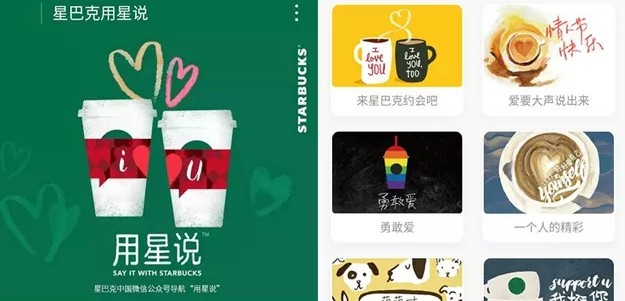
Wechat / Starbucks says with Star

Wechat / Starbucks says with Star
Starbucks expands its product line to commercial expansion.
Since Starbucks allied with Master Kang and shared the channels of the ready-to-drink market, it has gradually expanded its product line from "ready-to-drink coffee" to "ready-to-drink tea" market.
Starbucks also introduced its tea brand, Chavana Teavan, into the Chinese market, bringing tea culture to de-caffeination and deepening the localization of the Chinese market.
According to consumer surveys in thousands of stores, Starbucks launched for the first time two new tea stars, bottled black tea star cappuccino and matcha star cappuccino, and put the two products into sales channels outside the store, which is seen as an extension of the experience outside the store.
Currently sold on the online platform (Tmall supermarket), the price of a box of six bottles is 93 yuan (equivalent to NT $440), which is cheaper than the price of Starbucks ready-to-drink coffee sold on 7-11 in Taiwan (NT $99 per bottle). After the launch of Tea Star Frappuccino, it has been warmly praised, with a total monthly sales of more than 6,000 pieces, and the taste of matcha is deeply loved by consumers.
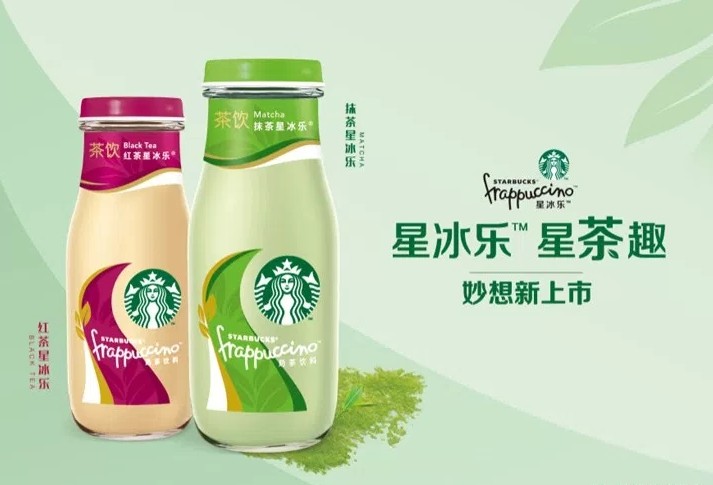
Starbucks
However, the Chinese market that Starbucks faces has already become more complex. If we simply rely on the expansion strategy, we will be trapped in the dilemma of the competitive market in the future. Therefore, the transformation of Starbucks in China also means a compromise to the Chinese market. Through the integration of local characteristics, environment and resources, accelerate the deep ploughing and layout of the Chinese market.
And, while pursuing product diversification and commercial expansion, will Starbucks' position change in the future? Or will the consumer hierarchy be broken? Will consumers have a lower sense of superiority to the brand? These are all issues that Starbucks should think deeply about in the future.
(this article is from big data)
Important Notice :
前街咖啡 FrontStreet Coffee has moved to new addredd:
FrontStreet Coffee Address: 315,Donghua East Road,GuangZhou
Tel:020 38364473
- Prev
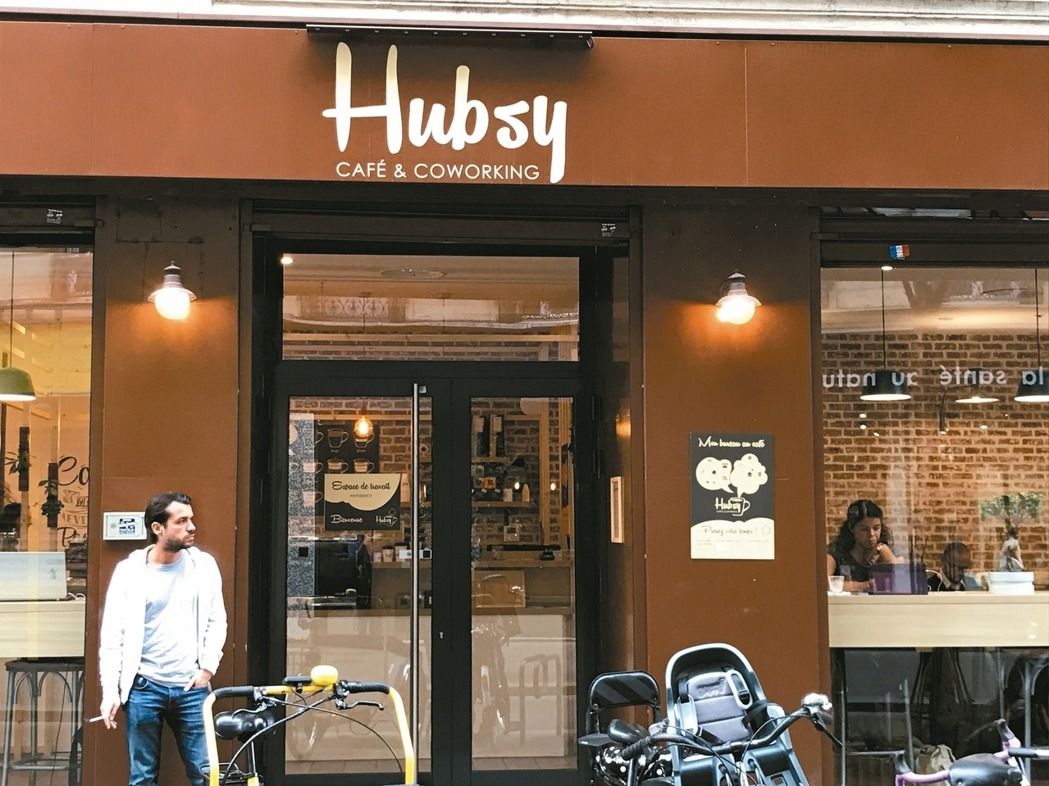
Cafes in Paris don't just drink coffee! Getting lost is the best way to meet a cafe.
For the exchange of professional baristas, please follow the coffee workshop (Wechat official account cafe_style) Caf de lIndustire, the traditional cafes hidden in Paris on the corners of the streets are the most populous, those who rush to have a drink, come to chat, read books and newspapers. There are stories on every corner. Photo / Xie Zhongdao, operators provide open-air seats that do not wake up in the morning, a corner of the setting sun
- Next

Application and examination of registration required for coffee shop opening
It is necessary to complete the relevant registration application and pass various reviews before opening. Although the current business registration system of Taiwan regulations does not require long working days, if you need to pass the examination of other relevant units after registration, you may have to wait for some time, in order to catch up with the default opening date, please allow sufficient time in preparation. As for the current laws and regulations on company or business registration in Taiwan,
Related
- What documents do you need to go through to open a coffee shop? coffee shop coffee shop certificate processing process
- How to purchase Coffee beans in small Cafe how to choose a suitable supplier for domestic Coffee supply Company
- How to drink Starbucks Fragrance White Coffee? how to make Australian White Coffee? what Italian coffee beans are recommended?
- The Story of Flora Coffee: the name of Flora Coffee Bean and the implication of the Flowers on Florna Coffee
- How much does a cup of coffee cost? How much is the profit of a cup of coffee? What is the profit of the coffee shop in a year?
- Yunnan small Coffee, known as "fragrant Coffee", introduces the characteristics of Alpine Arabica Coffee producing areas in Yunnan, China
- 2023 latest Starbucks full menu price list how much is a cup of Starbucks coffee what is better to drink the most popular hot and cold drinks recommended
- Starbucks different kinds of Coffee Price list Starbucks menu 2023 Top Ten Best drinks in Starbucks
- Starbucks Spring praise Comprehensive matching Coffee Bean theme Story Packaging implication and taste description
- The cost of a cup of coffee latte American coffee cost price and selling price

